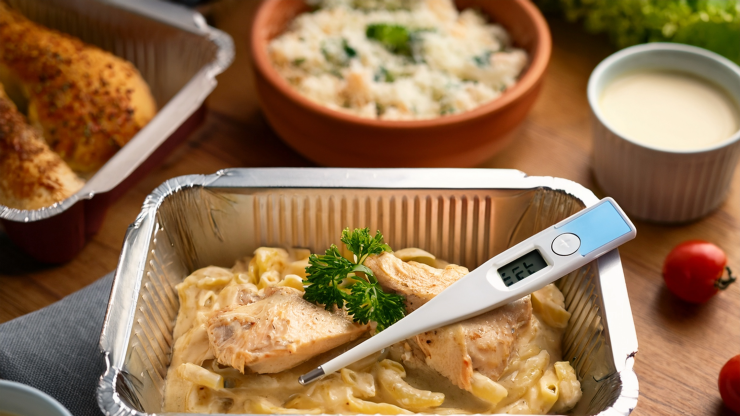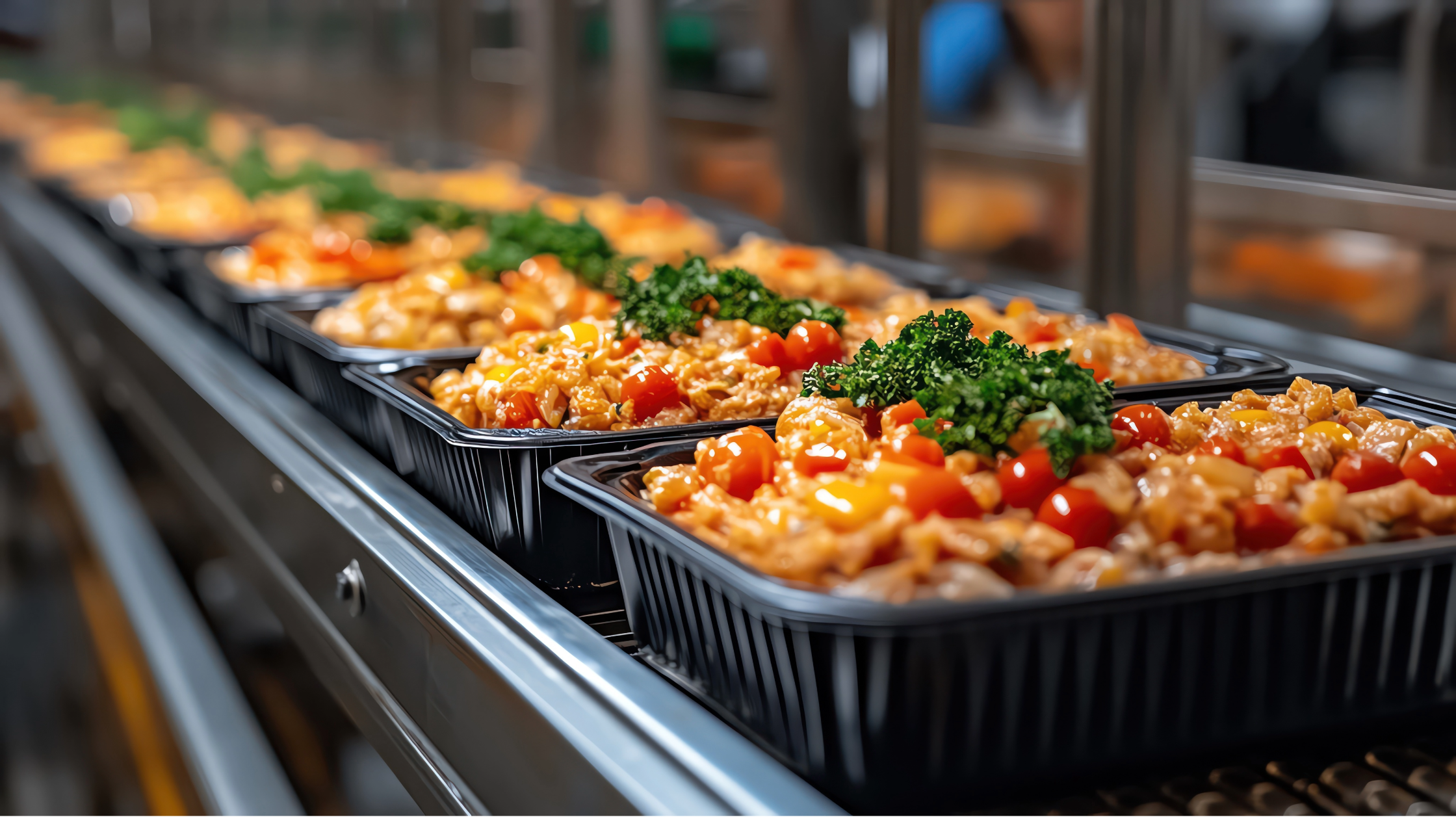As of June 2025, sixteen people across the U.S. have been hospitalized after eating Ready-to-Heat (RTH) chicken meals contaminated with Listeria monocytogenes. Of them there are three confirmed deaths, and pragnancy associated illness that resulted in a fetal loss. These meals, sold under popular store brands like Marketside (Walmart) and Home Chef (Kroger), were fully cooked and refrigerated. But the outbreak has raised a serious question: why do these “fully cooked” meals still require reheating to 165°F?
Why Reheat Fully Cooked Ready-to-Heat Meals?
It might seem confusing—if the meal is fully cooked, why not eat it straight out of the fridge? The answer lies in ready-to-heat food safety.
While the food may leave the factory bacteria-free, it can still pick up dangerous pathogens like Listeria during packaging, transport, or storage. Reheating the food to 165°F acts as a kill step. This step destroys any bacteria that might have contaminated the product after cooking.
The 165°F Rule in Food Safety
That temperature isn’t random. It’s the point at which most common foodborne pathogens are killed, including Listeria, Salmonella, and E. coli. Even if the product looks and smells fine, it could still contain invisible risks. Heating evenly and thoroughly helps reduce that risk.
Dangers of Improperly Heated RTH Foods
- Post-processing contamination: Anytime food is exposed after cooking—even for packaging—it can be contaminated.
- Transportation mishandling: Temperature abuse during delivery or storage can allow bacteria to grow.
- Cross-contamination: From factory floors to your fridge, multiple touchpoints increase risk.
Ready-to-Heat vs. Ready-to-Eat: Know the Difference
You might wonder—why not just package raw ingredients and cook everything fresh? Fully cooking before packaging offers three big benefits:
- Convenience: You save time and effort.
- Shorter reheat time: Precooked food heats faster than raw.
- Less cross-contamination: Handling raw food is riskier.
For example, reheating a fully cooked chicken breast means less mess and less danger than cooking one from scratch.
Real-World Reminder: Listeria in Packaged Chicken Alfredo
Foodborne illness from Ready-to-Heat meals isn’t just a theoretical risk—it’s a reality. The recent Listeria outbreak tied to chicken fettuccine alfredo meals is a wake-up call for how seriously we must treat reheating instructions. “Fully cooked” doesn’t mean “ready to eat” unless the label clearly says so.
Stay Informed. Stay Safe
Want to understand more about how to handle and heat packaged meals safely? Explore our Food Safety Training course.
Together, let’s make sure convenience doesn’t come at the cost of safety.



